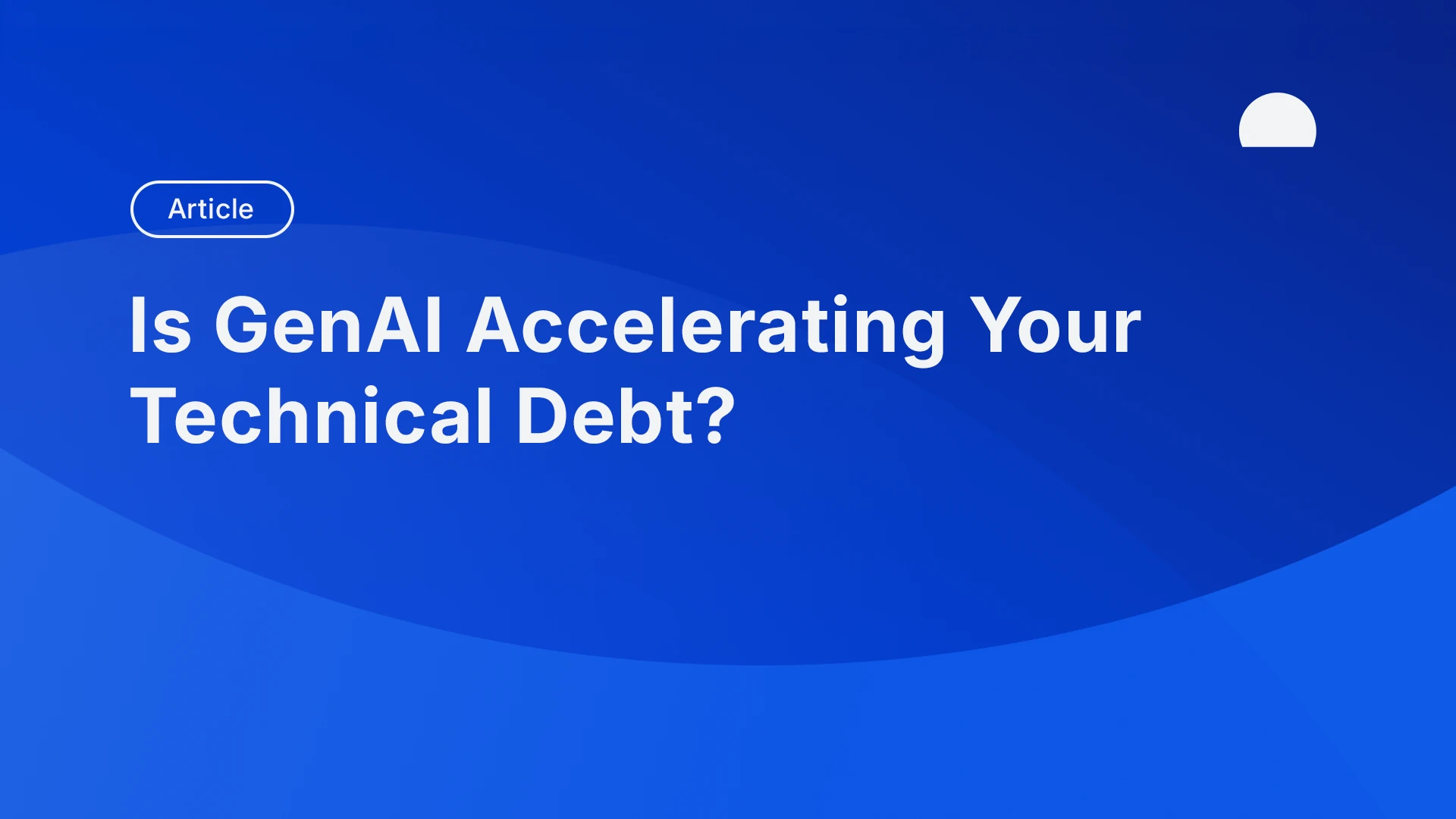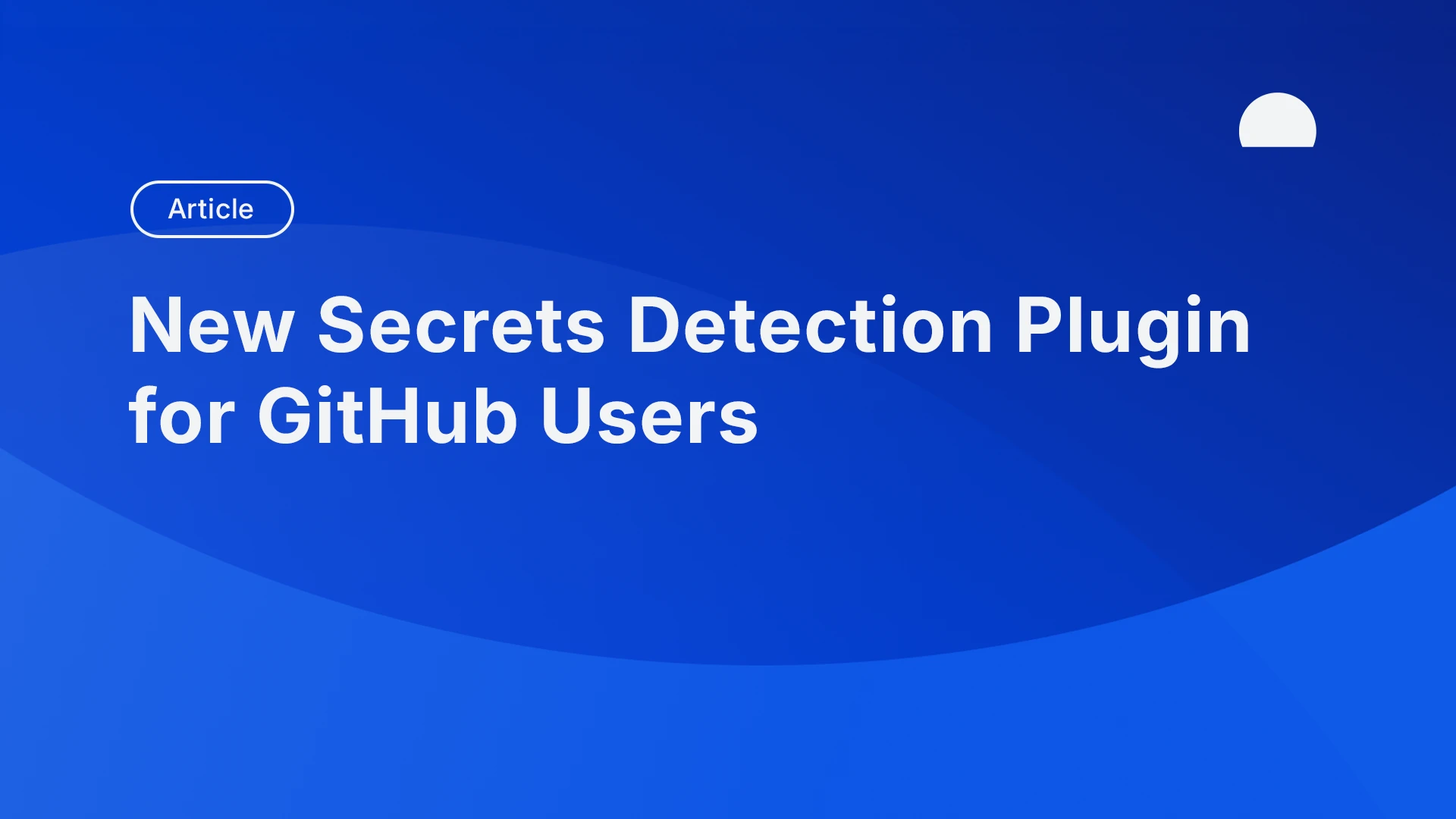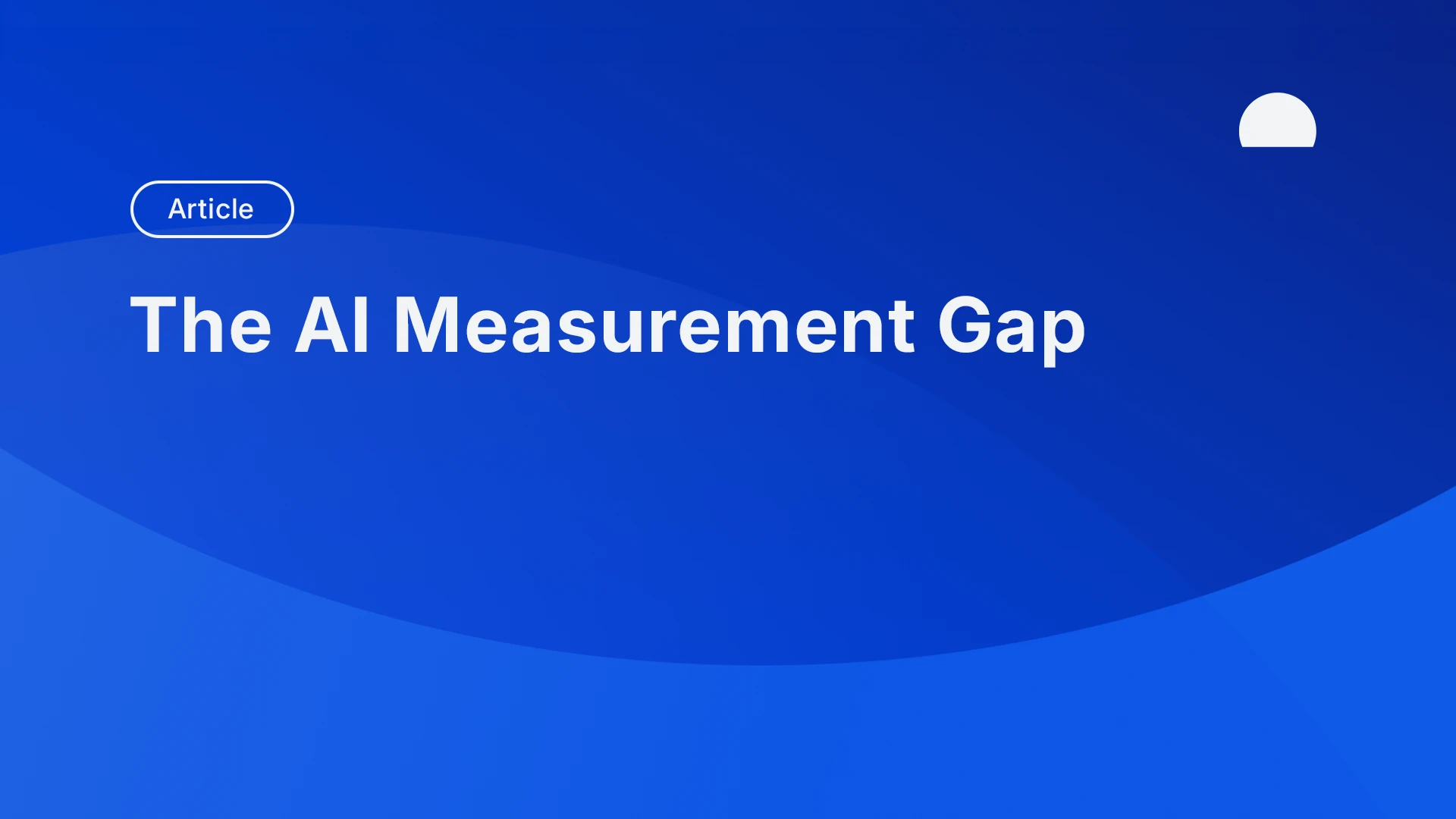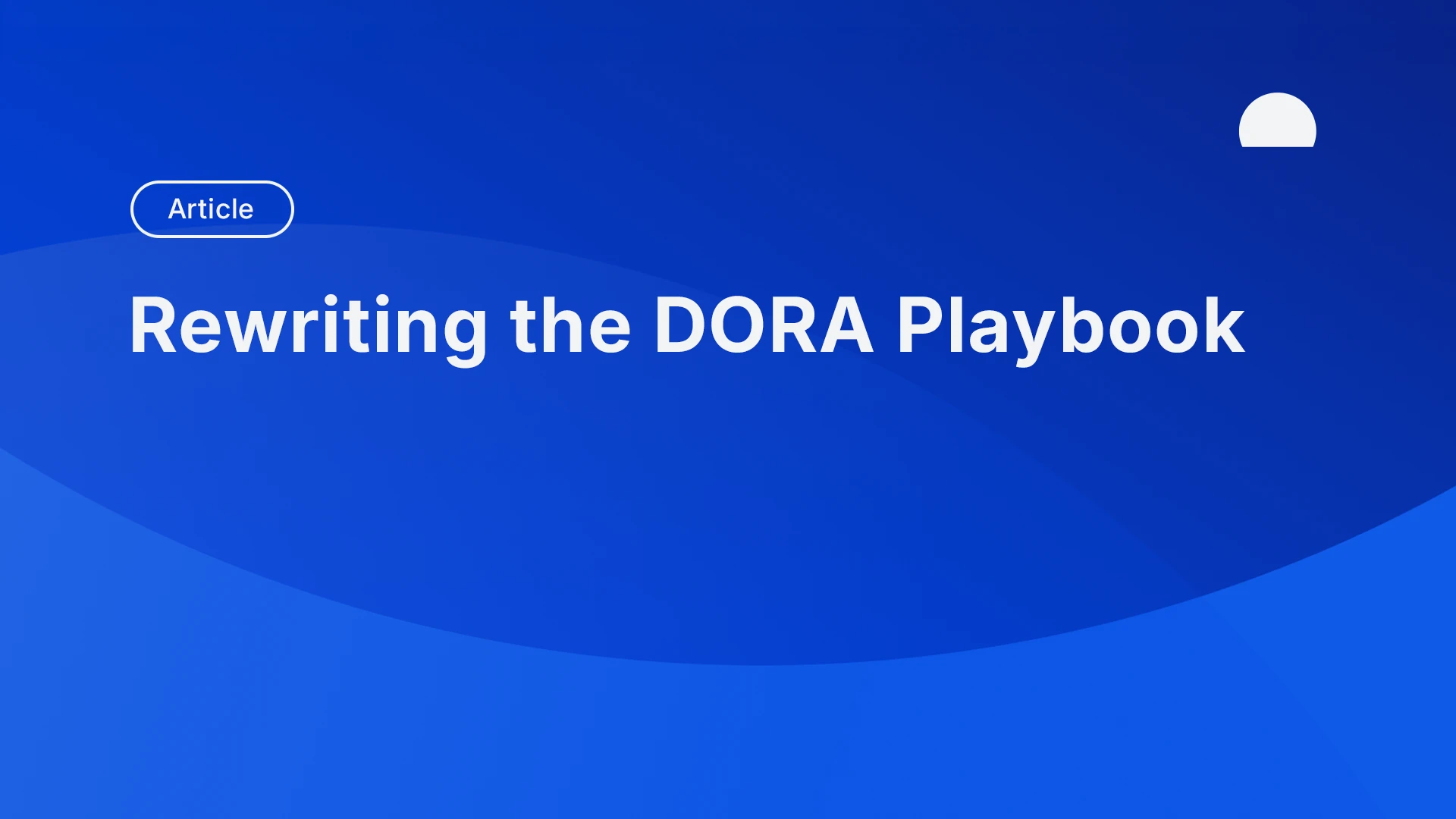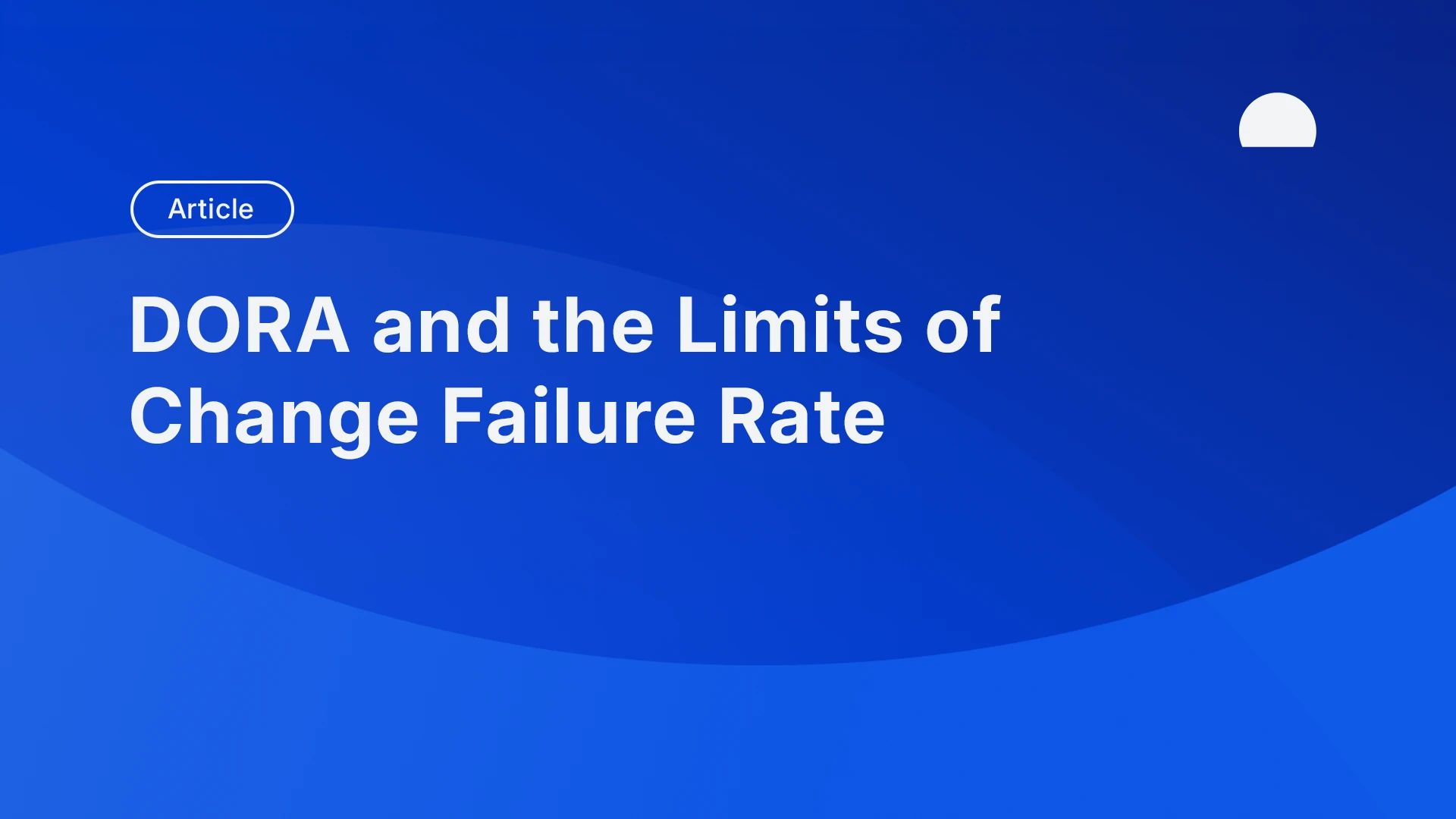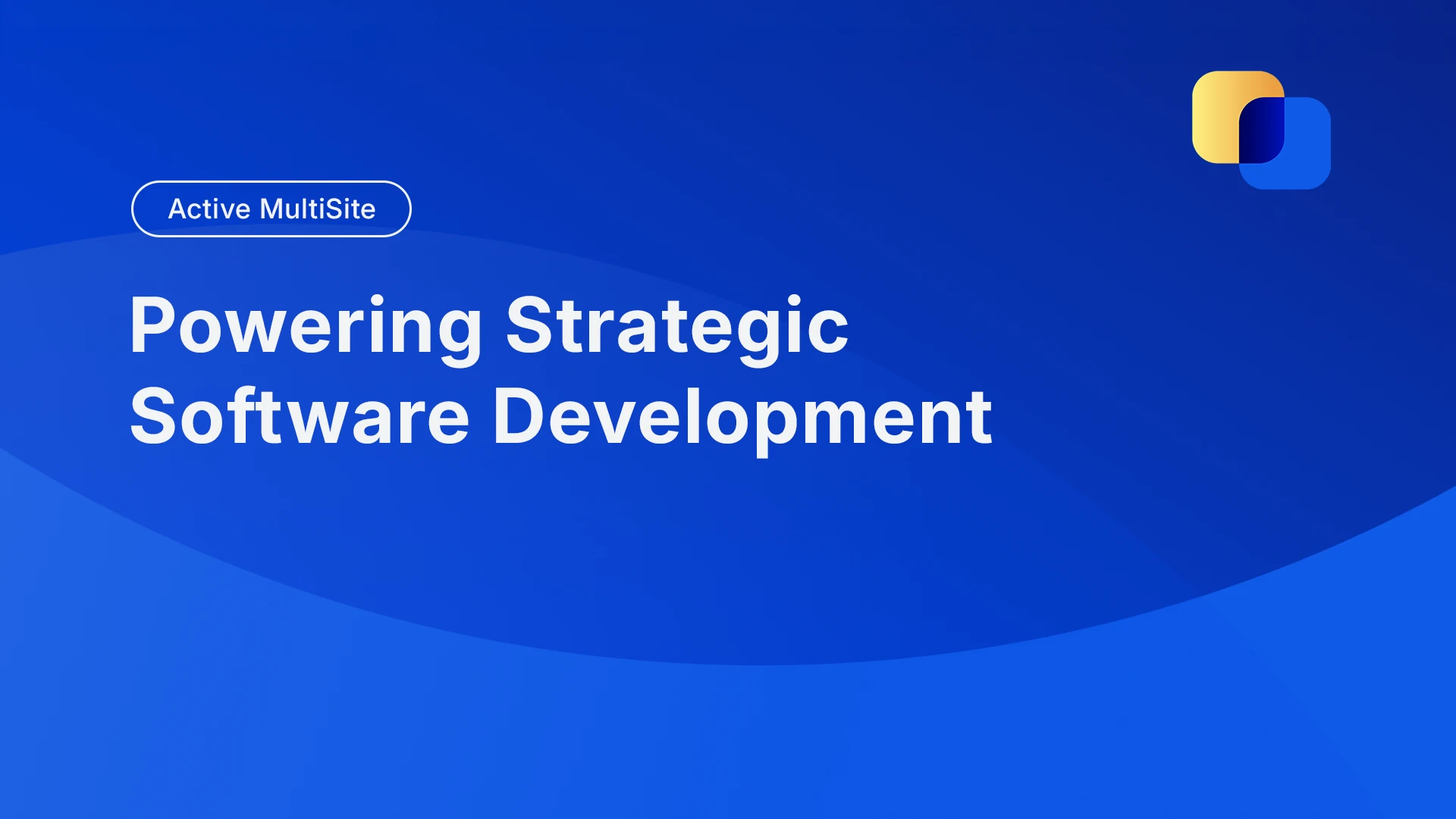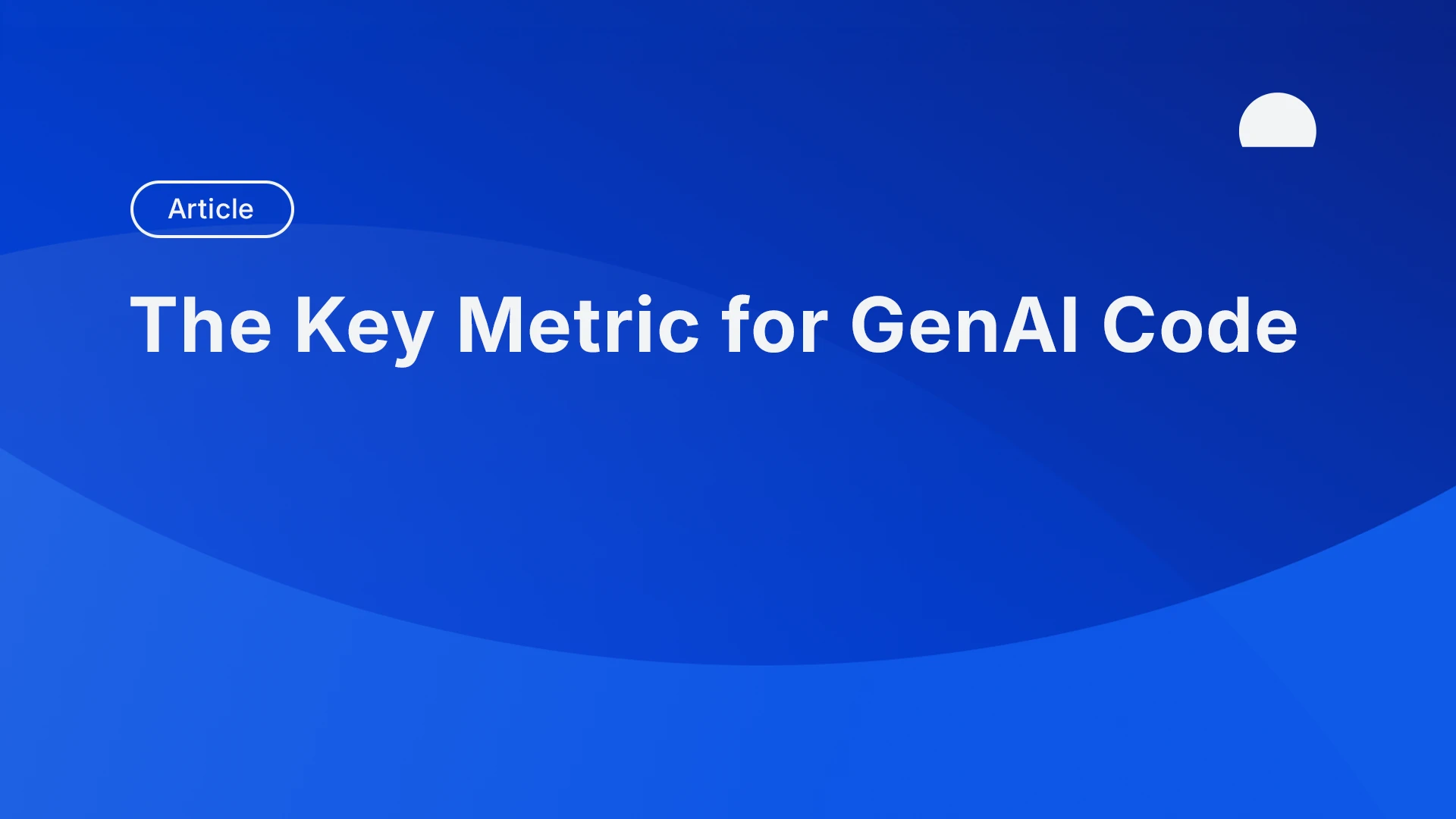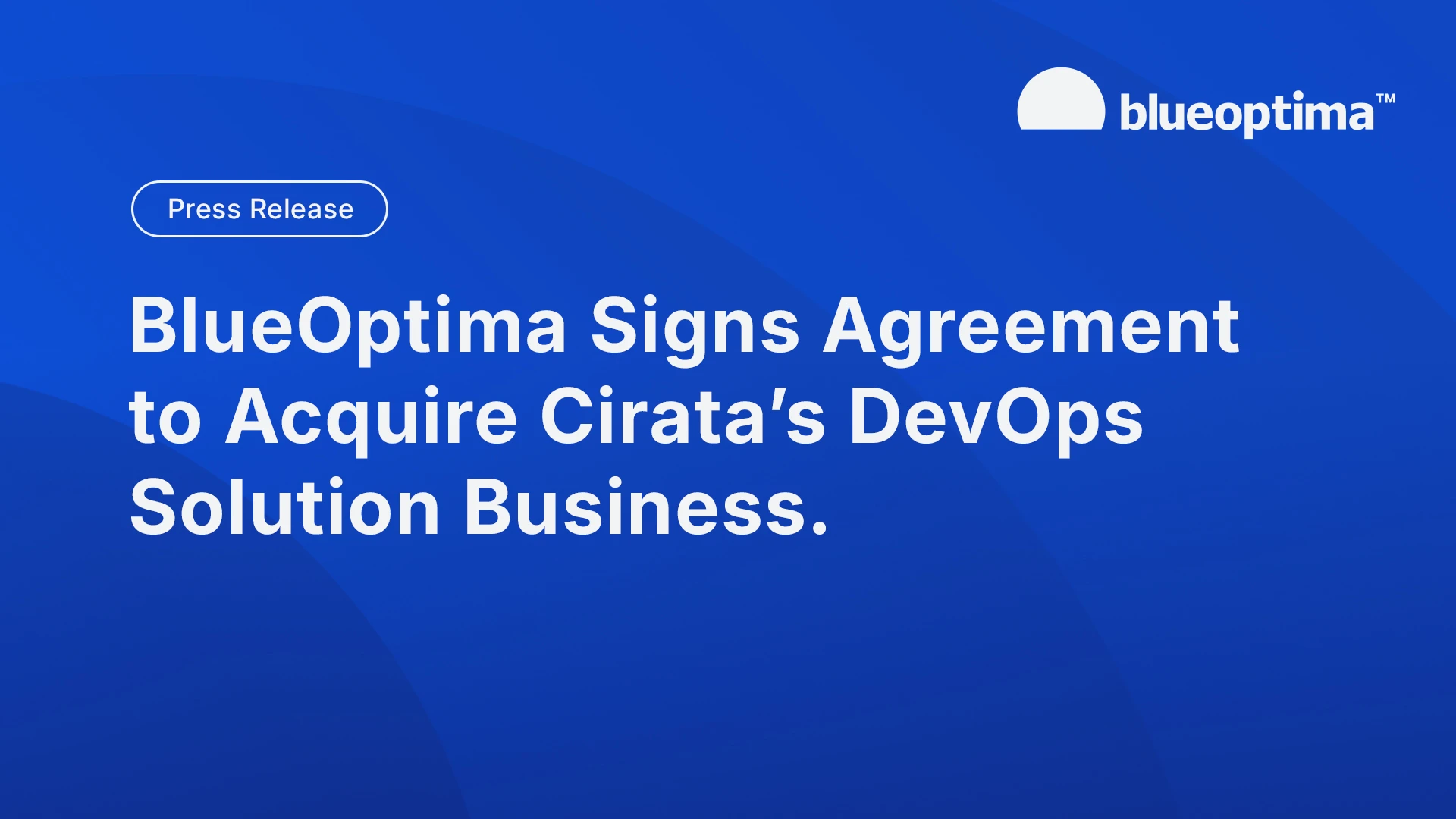How to Navigate Atlassian’s Sunset: Cloud Migration Costs and Strategic Risks
Atlassian's 2029 Data Center sunset forces enterprise cloud migration. Here's your roadmap to avoid cost shocks and keep control.


Atlassian’s plan to end its Data Center products by 2029 sets a hard deadline for enterprises that still rely on on-premise infrastructure. It’s a forced migration that comes with a price tag that’s far larger than the license line item.
And with 18–24 month migration cycles, you’ve got less than two years to plan if you want to avoid cost shocks and disruption.
Key takeaways
- Enterprises must plan migration decisions by Q2 2027 due to 18–24 month transition cycles.
- Cloud migration costs extend beyond licensing to retraining, reduced productivity, and compliance work.
- Hybrid and phased approaches are now a critical option for enterprises facing vendor consolidation and rising costs.
- Our metrics give tech leaders an objective view of what’s really happening during migrations.
The Countdown to Atlassian’s Deadline
Atlassian reports that 99% of its 300,000+ customers already have a cloud footprint and that 75% of regulated and complex enterprises use its cloud services in some way.
Those figures tell an important story about cloud growth. Our own VCS research — based on nearly 400 organizations — tells a different story. We found that while cloud hosted configurations have grown 10% over the past five years, 75% of developer activity still runs on premise. This figure rises to 84% in organizations with over 1,000 developers.
In other words, while cloud usage is widespread, on-premise remains dominant for core software development at scale.
These organizations aren’t lagging behind. They’re deliberately on-prem because it gives them sovereignty over their code, their compliance posture and their integrations.
Atlassian’s decision cuts off that model — on Atlassian’s schedule, not theirs. The question isn’t if you move, but where and on whose terms.
That’s why hybrid approaches are becoming essential for large enterprises. They allow you to migrate on your own terms, maintain sovereignty, and manage cloud migration costs while adapting to Atlassian’s timelines.
And you need to start planning now: new subscriptions stop as soon as March 30, 2026, and the final chance to expand existing licenses ends March 30, 2028 (though Atlassian does allow extended wind-down support for some customers by exception).
On paper that’s four years away. In reality, the runway is shorter. Enterprise migrations take 18–24 months of planning, approvals and execution. Most organizations will need to be underway by mid-2027 or risk running out of time.
The earlier you begin, the more flexibility you have to absorb unexpected challenges, especially given the evolving cloud and compliance environment.
Cloud Migration Costs Go Beyond the Invoice
Why does this matter? Cloud migration costs don’t stop at the subscription fee. When you sign a cloud deal, you also sign up for disruption to the way work happens.
That disruption shows up as:
- Drops in throughput. Developers spend time learning new workflows instead of shipping.
- Compliance churn. Every tool change can trigger fresh audits or certifications.
- Retraining and onboarding. Thousands of staff and contractors need to adapt.
Note: Atlassian is increasing Cloud prices from October 2025 — you should bake that into your cost model now, and consider early renewals or locked pricing windows where possible.
A Shrinking Market and Rising Risks
Atlassian isn’t moving to cloud out of altruism. It’s a predictable business move: recurring cloud subscriptions yield more stable revenue and higher margins than on-prem licences. And it’s easier to ship new AI-driven features if everyone’s on the same hosted infrastructure.
But what’s good for Atlassian isn’t automatically good for its largest customers. The decision intensifies four big challenges:
- Lock-in risk. As Atlassian leaves on-prem, the options for large organizations shrink to Atlassian Cloud or Microsoft’s ecosystem (GitHub and Azure DevOps).
- Escalating costs. Both run on uncapped subscription models. Egress fees, premium add-ons, and forced upgrades steadily drive up total cost of ownership.
- Systemic fragility. With most enterprise code sitting in two places, a change in pricing, compliance terms, or security policy at vendor level can cascade across entire industries.
- Compliance exposure. Regulated sectors have relied on on-prem to satisfy sovereignty rules. Migrations open up new risks procurement alone can’t mitigate.
Our research reveals that Microsoft already holds over 90% of cloud VCS activity in enterprises with more than 2,000 developers.
This isn’t a free market; it’s a narrowing corridor with rising tolls. Hybrid approaches provide the only realistic hedge against this concentration.
Choose a Hybrid Approach for Maximum Control
Atlassian Cloud genuinely offers benefits, like less infrastructure, automatic updates, and integrated AI features. But those gains come with trade-offs. You now face three paths:
- Stay with Atlassian Cloud and accept deeper vendor dependence and rising long-term costs.
- Switch to Microsoft’s ecosystem and swap one dominant provider for another.
- Re-architect for hybrid or multi-provider strategies, using open standards and governance to preserve flexibility.
The first two routes carry cloud migration costs beyond the subscription bill, and have implications for control, compliance, and developer performance.
But the hybrid option offers large enterprises the most viable way to control migration risk, preserve sovereignty, and phase cloud migration costs over time.
Your Atlassian Cloud Migration Roadmap
Atlassian’s deadlines create a three-year runway, but decisions and budgets should start sooner. Expect 18+ months of operational disruption — retraining, compliance re-certification, and workflow redesign.
Treat the sunset as a staged programme:
By mid-2026 — Audit and assess
- Catalogue every Jira, Confluence, Bitbucket and related integration still on Data Center.
- Identify regulatory or contractual dependencies that can’t easily migrate.
- Benchmark developer activity to set a baseline before migration begins.
→ Why this matters: Without a clear inventory and baseline metrics, you can’t model real cloud migration costs or track productivity and compliance risks during the move.
By early 2027 — Decide and budget
- Choose your migration path and lock in budgets for licences, retraining, compliance re-certification and other cloud migration costs.
- Engage vendors on pricing, exit clauses and service-level agreements.
- Build a hybrid or phased migration plan.
→ Why this matters: Early decisions give you leverage in vendor negotiations, keep hybrid options open, and prevent last-minute budget overruns that compromise sovereignty or security.
By late 2028 — Execute and measure
- Migrate workloads in waves, tracking throughput, defect rates and delivery speed at each stage.
- Validate compliance and security controls ahead of the March 2029 deadline.
→ Why this matters: Measuring as you go lets you spot bottlenecks early, protect developer throughput, and avoid expensive re-work or non-compliance penalties.
By March 28, 2029 — Complete transition
- Ensure all Data Center instances are decommissioned or in read-only mode.
- Validate cost, performance and compliance outcomes against your plan.
→ Why this matters: Closing the loop shows the board and regulators that you delivered the migration on budget, maintained sovereignty over your code, and preserved performance gains — setting a stronger baseline for the next toolchain shift.
This approach gives you time to control the hidden cloud migration costs and make hybrid models work as a deliberate strategy, not an afterthought. Tracking developer performance will tell you if your strategy is working or needs course correction.
Why Metrics Matter in Your On-Prem vs Cloud Planning
Objective metrics turn migration from a leap of faith into a managed business decision. By tracking real developer behaviour across organizations they reveal how throughput, quality and delivery speed change during large tool migrations.
Vendors will always frame cloud migration as friction-free. Only independent, objective measurement can reveal whether promised efficiencies materialize or if hidden costs erode value — and whether hybrid models are delivering the benefits you expect.
Keep Control, Manage Risk, and Emerge Stronger after 2029
The real question isn’t on-premise vs cloud any more. It’s how to maintain strategic flexibility in a market dominated by two providers. Hybrid models are an essential tool to manage cost, sovereignty and vendor risk.
By 2027, you'll have to choose between three futures: deeper vendor dependence with Atlassian Cloud, swapping one monopoly for another with Microsoft, or building antifragile infrastructure that survives the next vendor sunset.
Given the evolving pricing and features environment, now more than ever is the right time to run sensitivity analyses and stress test your migration assumptions. The organizations that thrive will be those that use this crisis to design for the inevitable next disruption.
Don’t let industry shifts derail your strategy. Get the real numbers here: Download VCS Report



